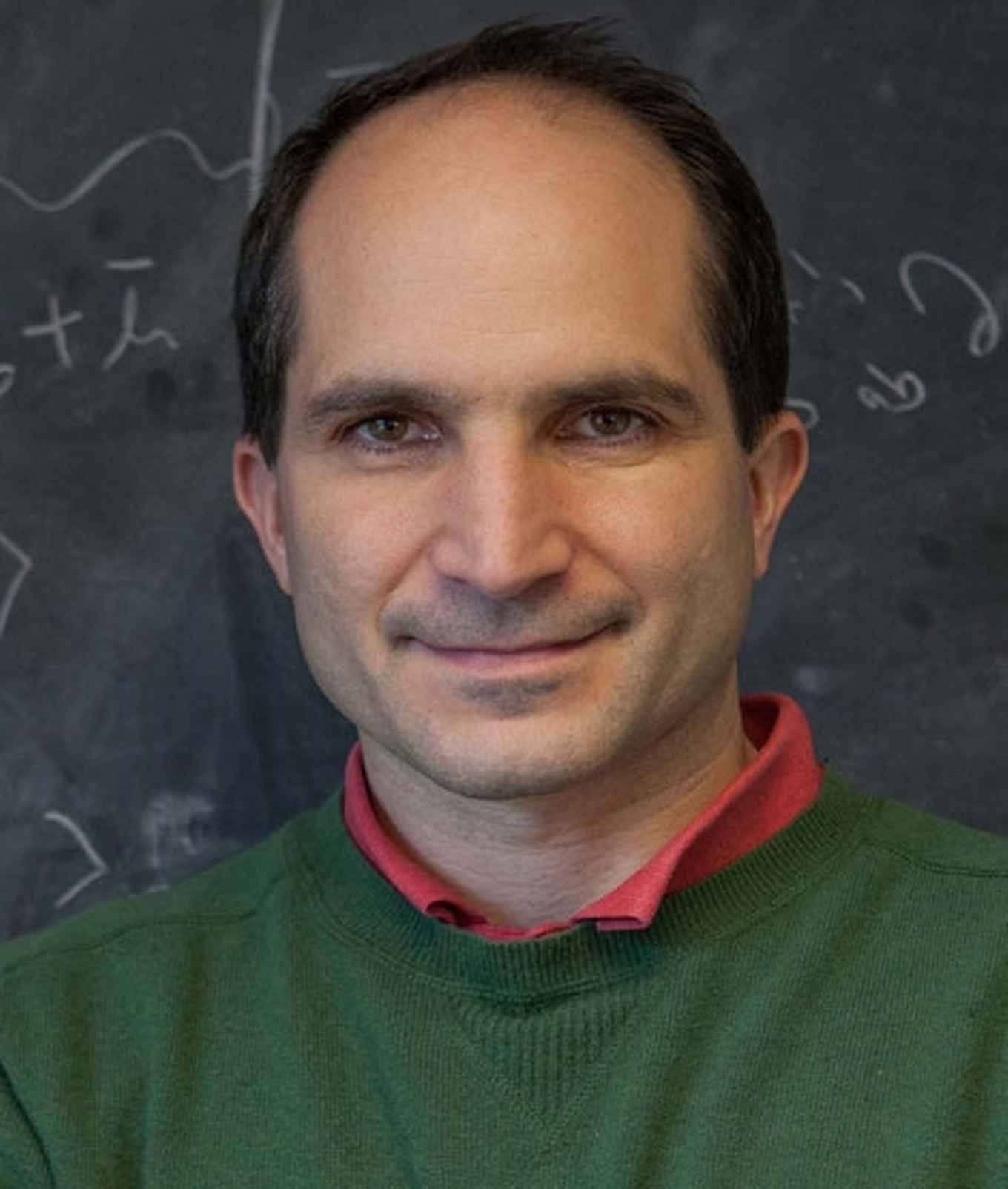Lorentz Medal 2018 awarded to Juan Martín Maldacena
27 March 2018

Maldacena has made a major contribution to our understanding of the quantum physics of black holes. In 1997, he was the first to propose a fundamental relationship between the two most important theories in modern physics: quantum field theory and quantum gravity. This 'AdS/CFT correspondence', as it is known, set into motion a true revolution in string theory. Since then, scientists have developed numerous theoretical implementations of this correspondence, the physical implications of which are still being studied. One example is the prediction of the 'minimal viscosity' of the strongly coupled quark-gluon plasma, which has subsequently been observed by measurements in Brookhaven and CERN. Maldacena’s work also extends into other branches of theoretical physics. For example, in 2003 he proved that cosmic background radiation must contain a very specific signature that supports the inflationary models of the creation of the universe.
About Juan Martín Maldacena
Juan Martín Maldacena, born in Argentina in 1968, began his academic career at the University of Buenos Aires and the Instituto Balsiero at the Universidad de Cuyo in Bariloche. He obtained his PhD from Princeton University, after which his career took him to Rutgers and Harvard. Since 2001 he has been a professor at the Institute for Advanced Study at Princeton.
Maldacena has received many national and international awards for his work, including the Dannie Heineman Prize for Mathematical Physics, the ICTP Dirac Medal, and the Milner Foundation Fundamental Physics Prize. He is also a member of a number of academic societies including the National Academy of Sciences and The World Academy of Sciences (TWAS).
About the Lorentz Medal
The Royal Netherlands Academy of Arts and Sciences established the Lorentz Metal on 11 December 1925 on the occasion of the 50th anniversary of the doctorate of Hendrik Antoon Lorentz (1853-1928), Nobel Prize winner and father of theoretical physics in the Netherlands. The Lorentz Medal is awarded every four years to a researcher who has made groundbreaking contributions to theoretical physics. Of the 21 laureates of the Lorentz Medal, eleven have gone on to win Nobel prizes.
The medal will be awarded to Juan Maldacena on Monday 19 November 2018 in a ceremony.